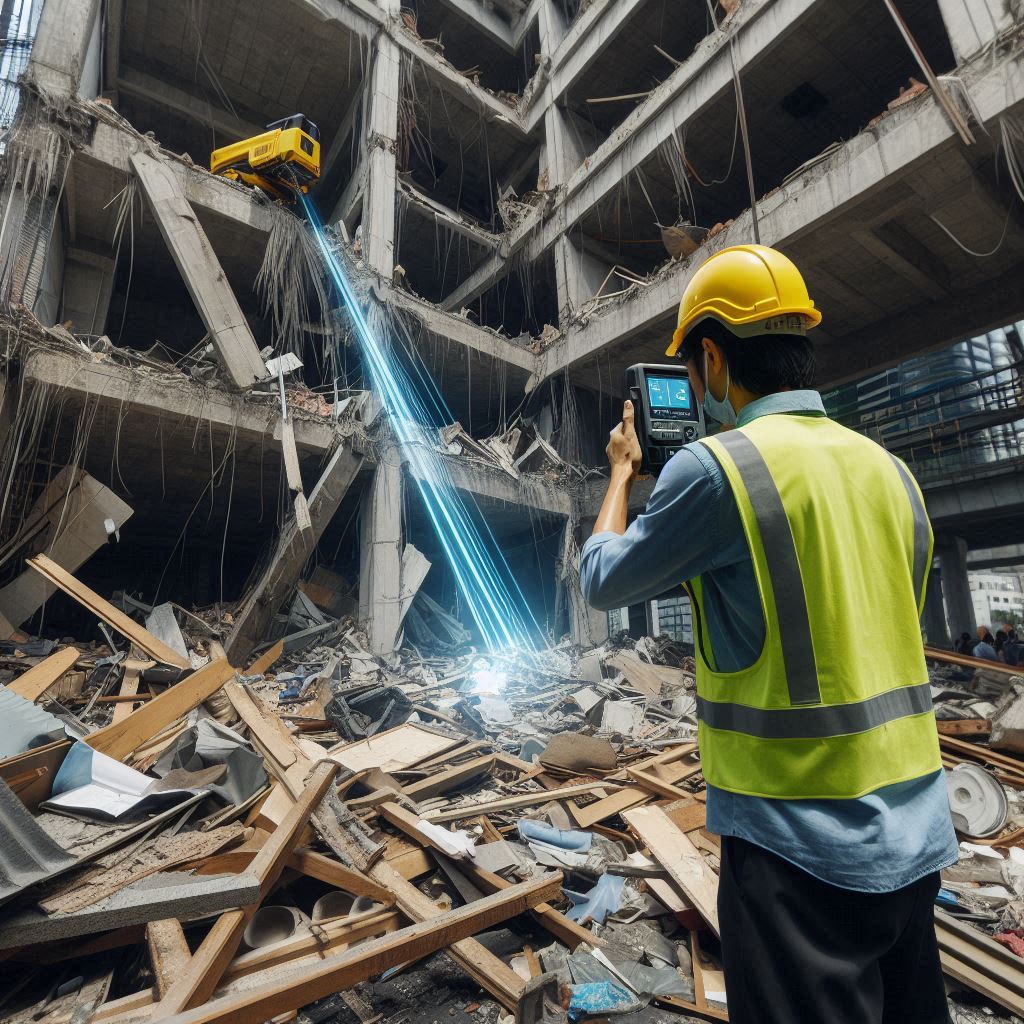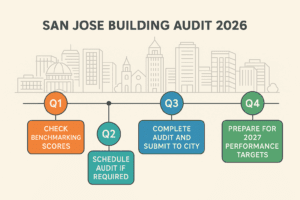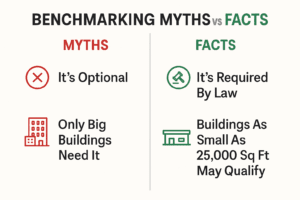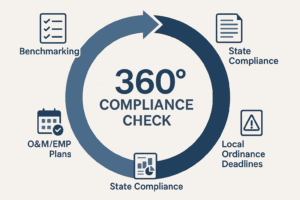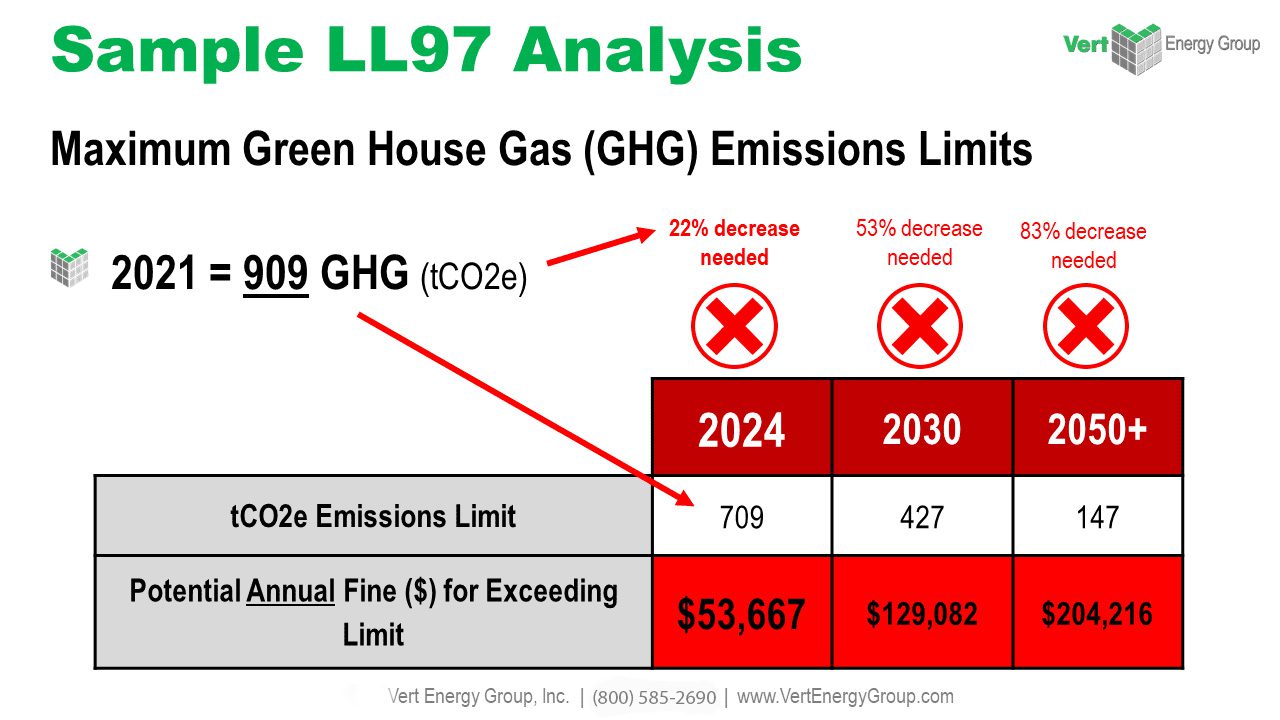I. Introduction
Construction has always been an industry anchored by its principles of strength, durability, and precision. While these pillars have stood firm, the means by which they are achieved have seen dramatic transformations. Traditional construction methods, including the use of tapes for measurements and hand-drawn plans, have predominantly run their course, paving the way for advancements such as 3D laser scanning in construction. This technology is transforming the face of construction project management and execution to a degree that demands a deep dive into its many facets.
II. Understanding 3D Laser Scanning
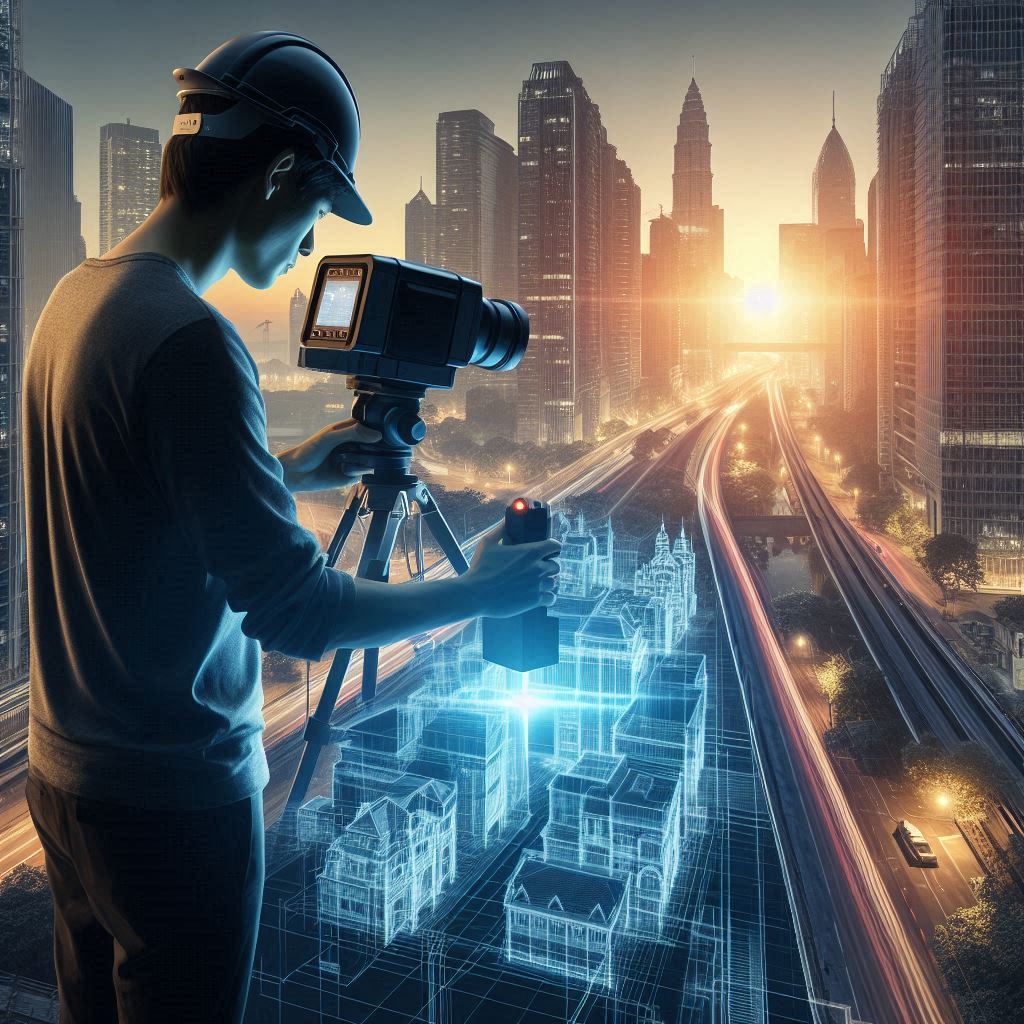
3D laser scanning is a technology that captures the shape of physical objects using laser light. This technology, which debuted in its most primitive form in the 1960s, has since undergone significant developments. Today it stands as an indispensable tool, particularly in industries where precision is non-negotiable.
The operational facet of 3D laser scanning is quite fascinating. Scanners discharge a multitude of laser points at a target. When these laser points hit the target’s surface, they reflect back to the scanner. The time it takes for each laser point to return is then meticulously calculated, resulting in a precise three-dimensional representation of the object. This net of data points, known as a “point cloud,” is then utilized to create detailed digital models. In terms of construction technology, these models serve as the backbone for Building Information Modeling (BIM), turning the models into a dynamic construction management tool that drives efficiency and accuracy. Autodesk provides a suite of tools that integrate 3D laser scanning with BIM, showing the synergy between these modern technologies.
III. Unexpected Benefits of 3D Laser Scanning in Construction
A. Enhanced Accuracy and Precision
In the meticulous world of construction, even a minor error can have severe consequences. Traditional measurement methods, while they have served well, are prone to human error and often lack the precision required for complex projects. 3D laser scanning changes this narrative. By providing sub-millimeter accuracy, the technology ensures that the digital plans match the real-life structures precisely. This heightened accuracy streamlines the process of retrofitting and renovations, as seen in the refurbishment of culturally significant buildings, where preserving the original features is crucial. The National Trust has reportedly used laser scanning in some of its historical restorations, demonstrating the technology’s effectiveness in preserving heritage.
B. Time and Cost Efficiency
Efficiency is a significant driving force behind the integration of 3D laser scanning in construction. Gone are the days of labor-intensive and time-consuming surveying processes. Now, vast areas can be scanned in a fraction of the time it would take using conventional methods, leading to profound time and cost savings. In an industry report, McKinsey highlighted how early adopters of digital practices, including 3D scanning, witness up to 50% reduction in overall project costs. McKinsey’s report on digital transformation in construction provides detailed insights into these benefits.
C. Improved Safety Measures
Construction sites are synonymous with risk, and managing this risk effectively is crucial. Construction safety technology has seen vast improvements, with 3D laser scanning serving as a prime example. By allowing surveyors to scan high-risk areas from a safe distance, the technology minimizes exposure to danger. For instance, in the aftermath of structural mishaps like collapses or fires, a building’s stability can be assessed using 3D scanning without risking personnel entry. This practical application is championed by safety-focused organizations such as OSHA, where the integration of new technologies is encouraged to enhance site safety.
D. Facilitates Better Communication and Collaboration
One often overlooked aspect of construction projects is the imperative of clear communication. The detail captured by 3D laser scanning ensures that every stakeholder, from architects to engineers, has access to the same precise information, fostering an environment of collaboration. This shared understanding helps prevent miscommunication and aligns everyone’s efforts, leading to a more seamless project execution. Successful cases of this collaborative spirit are documented by industry leaders such as Construction Dive, which often covers the intersection of technology and teamwork.
E. Environmentally Friendly
In an era of increased environmental consciousness, sustainable construction practices are not just optional; they’re expected. 3D laser scanning aids in this endeavor by optimizing the use of materials, reducing waste, and ensuring that projects comply with environmental standards from the outset. For example, a project that leverages 3D scans for precise measurements can avoid over-ordering of materials, thereby lowering the project’s carbon footprint. Instances of this can be found in the reports of The Green Building Council, which promotes sustainable building practices, including the use of advanced technologies like 3D laser scanning.
IV. Future Prospects of 3D Laser Scanning in Construction
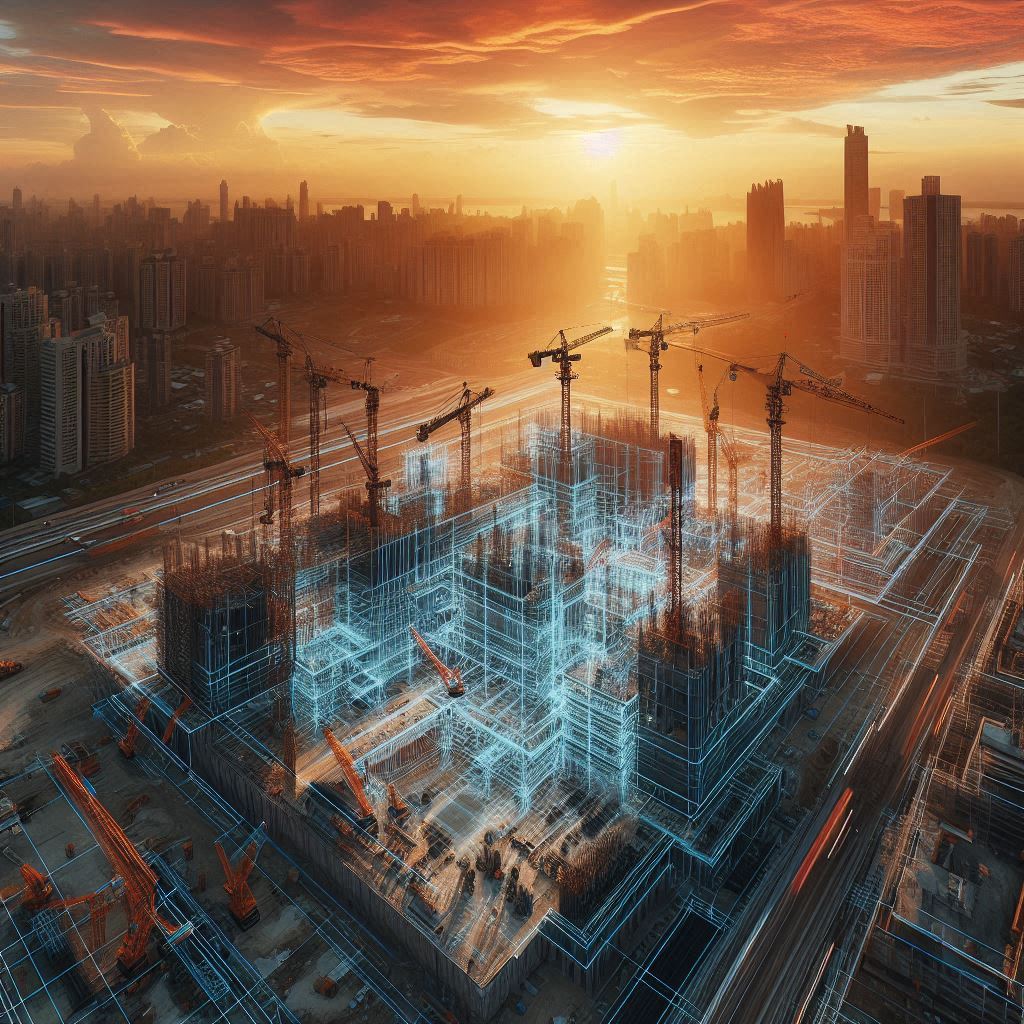
Looking ahead, the prospects of 3D laser scanning in the construction industry are vast. The seamless integration with emerging tech such as augmented reality for immersive 3D presentations of projects before the actual construction begins is on the horizon. Yet, challenges such as the costs of implementation and the curve of technological literacy among the workforce remain. The industry must address these challenges head-on to fully realize the potential of this technology.
V. Conclusion
The construction industry is undergoing a digital transformation, and 3D laser scanning is at the forefront of this change. With benefits ranging from increased accuracy to improved safety and sustainability, the adoption of this technology is no longer a matter of if but when. For forward-thinking construction professionals, investing time and resources into understanding and implementing 3D laser scanning could well mean the difference between leading the pack and trailing behind. The future of construction is here, and it is precise, efficient, and digital.
VertPro.com is the go-to hub for contractors dedicated to elevating energy performance upgrades for their clients. Our expansive suite of offerings includes expert Commercial Energy Audits, adept Benchmark Compliance consultation, and expansive Construction Marketplace. At VertPro®, we pride ourselves on delivering cutting-edge SaaS technology solutions that simplify the journey through Energy Benchmarking, and Energy Audits/RCx Plus, all while maintaining full compliance with a myriad of more than 60 Energy Benchmarking and Energy Efficiency Regulations nationwide.
At VertPro.com, we don’t just provide the insights and tools for energy management; we also bridge connections between qualified contractors and our client base, eager to upgrade their buildings. This creates a Marketplace where you can expand your project portfolio, ensuring that you’ll have more opportunities to apply your skills and grow your business.
